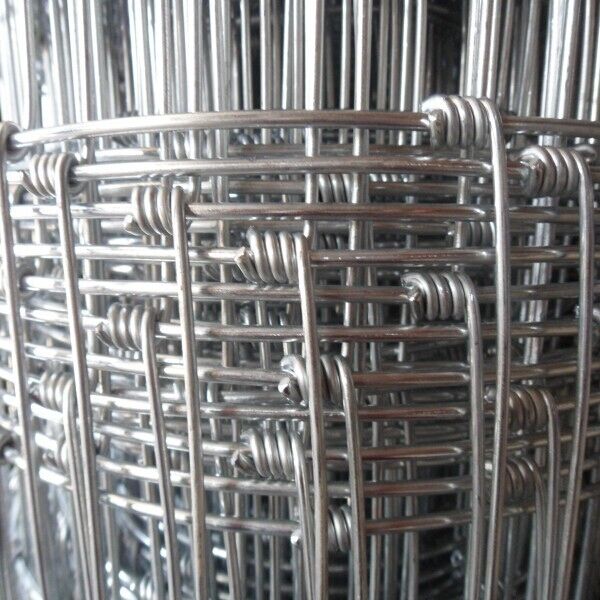Wang Yimin disclosed to the newspaper that the key proportions of the above-mentioned investment of 1.5 trillion yuan in the "Twelfth Five-Year Plan" have been made clear. Among them, the investment in the distribution network construction accounted for 50%, the transmission grid investment accounted for 50%; and, the distribution network investment in the amount of investment in rural network construction and accounting for 50%.
As for the question of when the Huainan-Shanghai exchange UHV will enter the tendering process, Wang Yimin told the newspaper that the National Development and Reform Commission approved the research report on the exchange UHV. The preliminary design is needed in the next step, and the bidding for the main equipment should be conducted here. It was only later on the agenda.
But the ultra-trillion cakes drawn by the national grid for smart grids have greatly stimulated the market's ability to associate. Market participants believe that the “Twelfth Five-Year Plan†is the comprehensive construction phase of the smart grid based on UHV, and the cake actually created may have a scale of more than 1.5 trillion yuan. Wang Yimin also admitted that 1.5 trillion yuan is the current expectation and that actual investment may not be limited.
Some investors said that in 2011, the State Grid’s investment in the power grid was nearly 300 billion yuan, together with China Southern Power Grid’s investment of about 100 billion yuan, and the total annual investment was nearly 400 billion yuan.
US Ambassador to China Gary Locke also said: "As with the United States, I know that China has also begun to implement a similar strategy. In order to improve the efficiency of energy use, it will invest $100 billion in the development of a smart grid in 10 years."
For the huge cake and rapid development of the smart grid in China, the Secretary-General of the IEEE (Institute of Electrical and Electronics Engineers) Prandergast James told the newspaper that the UHV technology of the national grid is indeed unique, but it must rely on the Chinese economy. The rapid development as a guarantee, because this makes China's smart grid faster than other countries in the application, China has thus obtained the unique opportunity.
Wang Yimin also pointed out that some problems have also been found in the development of smart grids in China. For example, the cost of new energy such as wind power and solar power generation is still relatively high; at the same time, the standard issue of new energy grid-connected has yet to be resolved. If the grid-connected standards issue can be well solved, the volatility and instability of wind power and solar energy will be solved in the face of smart grids.
At the same time, Dick DeBlasio, an IEEE smart grid expert and a chief engineer of the National Renewable Energy Laboratory in the United States, told the newspaper that the United States is also facing grid standard issues. He pointed out that when countries and companies independently research and develop global related technologies, different R&D achievements may not be compatible.
Mei Shengwei, professor of the Department of Electrical Engineering at Tsinghua University, also told this newspaper that due to the emergence of new energy grid-connected standards in the development of China's smart grid, the national grid may actively introduce or merge with the aforementioned standards in order to enter the broader market. . According to Wang Yimin, the State Grid has already cooperated with Brazil to carry out grid construction based on UHV transmission.
Field Fence also called Cattle Fence, Sheep Fence, Grassland Fences, we offer have innovative and firm structure, flat surface, uniform opening and good integration.
Woven type
Hinge joint knot & Fixed knot


|
Num |
Type |
Specification/Edge wire2.5mm/Inner wire 2.0mm |
|
1 |
7/150/813/50 |
102+114+127+140+152+178 |
|
2 |
8/150/813/50 |
89(75)+89+102+114+127+140+152 |
|
3 |
8/150/902/50 |
89+102+114+127+140+152+178 |
|
4 |
8/150/1016/50 |
102+114+127+140+152+178+203 |
|
5 |
8/150/1143/50 |
114+127+140+152+178+203+229 |
|
6 |
9/150/991/50 |
89(75)+89+102+114+127+140+152+178 |
|
7 |
10/150/1245/50 |
102+114+127+140+152+178+203+229 |
|
8 |
10/150/1194/50 |
89(75)+89+102+114+127+140+152+178+203 |
|
9 |
10/150/1334/50 |
89+102+114+127+140+152+178+203+229 |
|
10 |
11/150/1442/50 |
89(75)+89+102+114+127+140+152+178+203+229 |
Application
Field Fence is a kind of mesh used in cattle, goat, deer, and pig.
It is used for grassland, pastures, protection of ecological projects,
Papadopoulos grassland, forestry, highway and environment.
Field Fence
Cattle Fence,Sheep Fence,Farm Fence,Hinge Joint Field Fence
Anping Enzar Metal Products Co.,Ltd. , http://www.enzarmetal.com